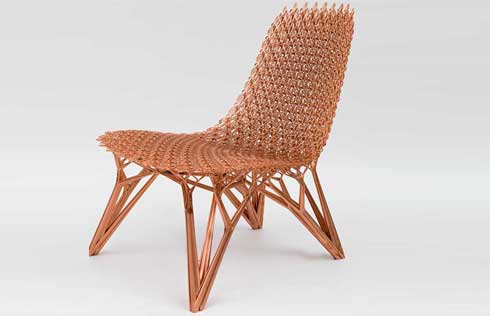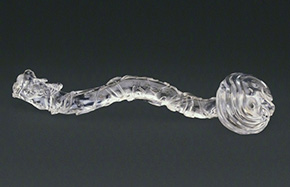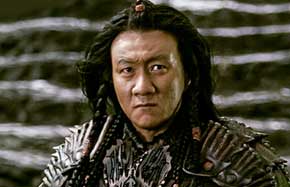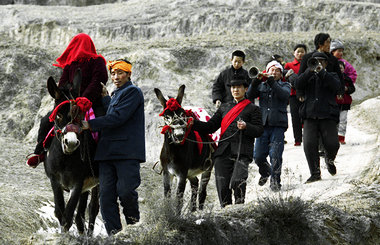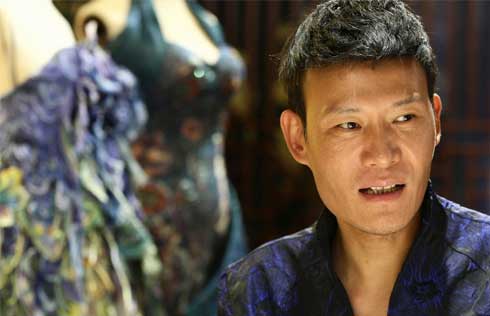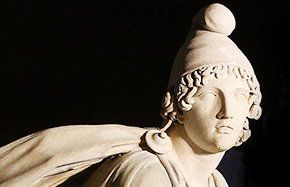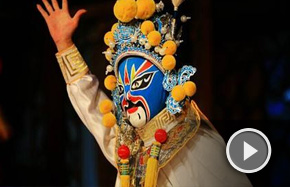Firing up porcelain's potential
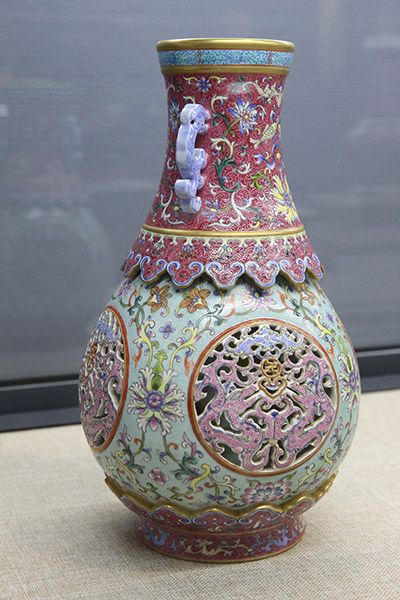 |
|
The show Treasures of a Nation offers a good review of Jingdezhen's porcelain-making history. Ceramists of different generations display their artworks.[Photo by Jiang Dong/China Daily] |
After he graduated from the Jingdezhen Ceramic Institute in 1958, Nie worked at a local factory that produced porcelain sculptures.
He says he didn't want to replicate the works veteran artists were producing at the time - Buddhist figures, women of the court and Taoist deities, which were popular overseas.
He joined a group of young artists, who aspired to develop a distinctive style. Nie incorporated the technique of "nie diao", in which ceramists craft flowers or blades of grass in remarkable detail. He enriched presentations by creating scenes in which eagles could perch in flowering trees."Ceramists should continually reinvent themselves," he says.
"That's why the fires of Jingdezhen's kilns could be reignited after the wars and chaos of history."
Ancient shards displayed in the exhibition show how Jingdezhen progressed to become a production base for quality products over the centuries.
"These kilns manufactured rare and exquisite objects that entertained emperors and adorned their palaces," Jingdezhen Ceramics Museum's director Zhao Gang says.
"And they produced beautiful things for daily use. Their pieces ... (were exported) along the ancient Silk Road and Maritime Silk Road."
Generations of artisans produced various types of porcelain that were appreciated at home and abroad, such as blue-and-white, doucai and enamel pieces.




